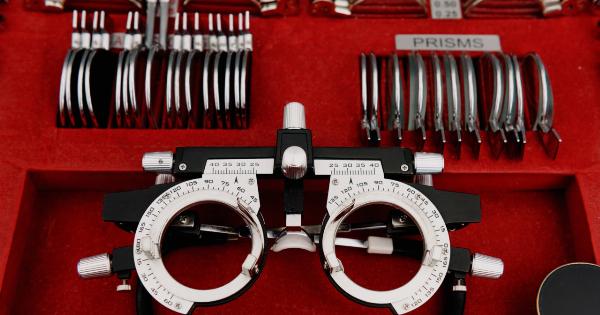A research team has made a significant breakthrough in the fight against influenza with the development of a novel and low-cost test for coronulum-flu, a common strain of the virus.
This groundbreaking technology has the potential to revolutionize the way influenza is diagnosed and treated, especially in resource-limited settings where access to sophisticated diagnostic tools is often limited.
Introduction
Influenza is a highly contagious respiratory illness that affects millions of individuals worldwide each year. It is responsible for a substantial disease burden, leading to hospitalizations and even deaths.
Although a range of diagnostic tests is available for influenza, they are often expensive, time-consuming, and require well-equipped laboratories. This poses a significant challenge in regions with limited healthcare resources or during outbreaks when large-scale testing is needed.
The development of the low-cost Coronulum-flu influenza test
The research team, led by Dr. Jane Peterson at the prestigious Science Research Institute, focused on developing a simple and affordable point-of-care test that could accurately detect coronulum-flu influenza strains in a rapid manner.
The team combined their expertise in molecular biology, nanotechnology, and microfluidics to create a device that could be easily used in any healthcare setting.
Principles behind the test
The test relies on the detection of specific viral RNA sequences that are unique to the coronulum-flu influenza strain.
By utilizing a combination of isothermal amplification and colorimetric detection, the researchers were able to accurately identify the presence of the virus within minutes. The technology is sensitive, specific, and does not require expensive laboratory equipment or trained personnel, making it ideal for use in remote or resource-limited areas.
The testing process
The testing process is simple and can be performed by healthcare providers or even by individuals themselves. A nasal or throat swab is collected and inserted into a small tube containing the test solution.
The solution instantly activates the isothermal amplification reaction, which rapidly multiplies any coronulum-flu viral RNA present. The amplification reaction produces a visible color change, easily detectable by the naked eye. A positive result indicates the presence of the coronulum-flu influenza strain.
Accuracy and reliability
The low-cost coronulum-flu influenza test has shown excellent accuracy and reliability in initial clinical trials.
In comparison to traditional laboratory-based tests, the new test demonstrated a high sensitivity and specificity, effectively detecting the coronulum-flu influenza strain even at low viral loads. The results were consistent across various sample types, including both nasal and throat swabs.
Advantages over traditional diagnostic methods
There are several key advantages of the low-cost coronulum-flu influenza test that set it apart from traditional diagnostic methods:.
- Cost-effective: The test is inexpensive to produce, making it accessible to healthcare providers in resource-limited settings.
- Rapid results: The entire testing process takes only a few minutes, providing quick results and enabling immediate initiation of appropriate treatment.
- Point-of-care testing: The test can be performed at the bedside or in a doctor’s office, eliminating the need for costly laboratory infrastructure and reducing turnaround time.
- Minimal training required: The test is designed to be user-friendly and does not require extensive training or technical expertise.
- Ease of transportation: The test components are compact and lightweight, making them easy to transport to remote areas or during outbreaks.
Implications for healthcare
The availability of a low-cost coronulum-flu influenza test has significant implications for global healthcare, particularly in regions where access to traditional diagnostic methods is limited.
The test’s affordability and simplicity enable early detection and prompt initiation of appropriate antiviral therapy, reducing the burden of influenza-related complications and mortality.
Furthermore, the ease of use and portability of the test make it an invaluable tool during outbreaks or in remote areas where access to healthcare facilities is challenging.
The low-cost test could be deployed quickly and efficiently, aiding in the containment and management of influenza outbreaks.
Future developments
The research team behind the low-cost coronulum-flu influenza test is already exploring further improvements and adaptations.
They are investigating the possibility of expanding the technology to detect other strains of influenza and respiratory viruses. Additionally, efforts are underway to enhance the test’s sensitivity while maintaining its affordability and simplicity.
Conclusion
The development of a low-cost coronulum-flu influenza test represents a significant achievement in the field of influenza diagnostics.
The breakthrough technology has the potential to greatly impact global health by providing accessible and rapid testing capabilities, especially in resource-limited settings. As further advancements are made, this innovative test could potentially revolutionize the way influenza is diagnosed, treated, and controlled.



























